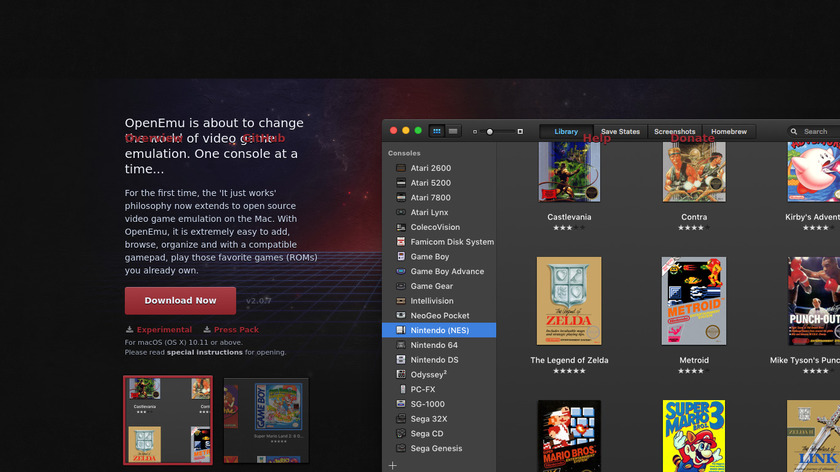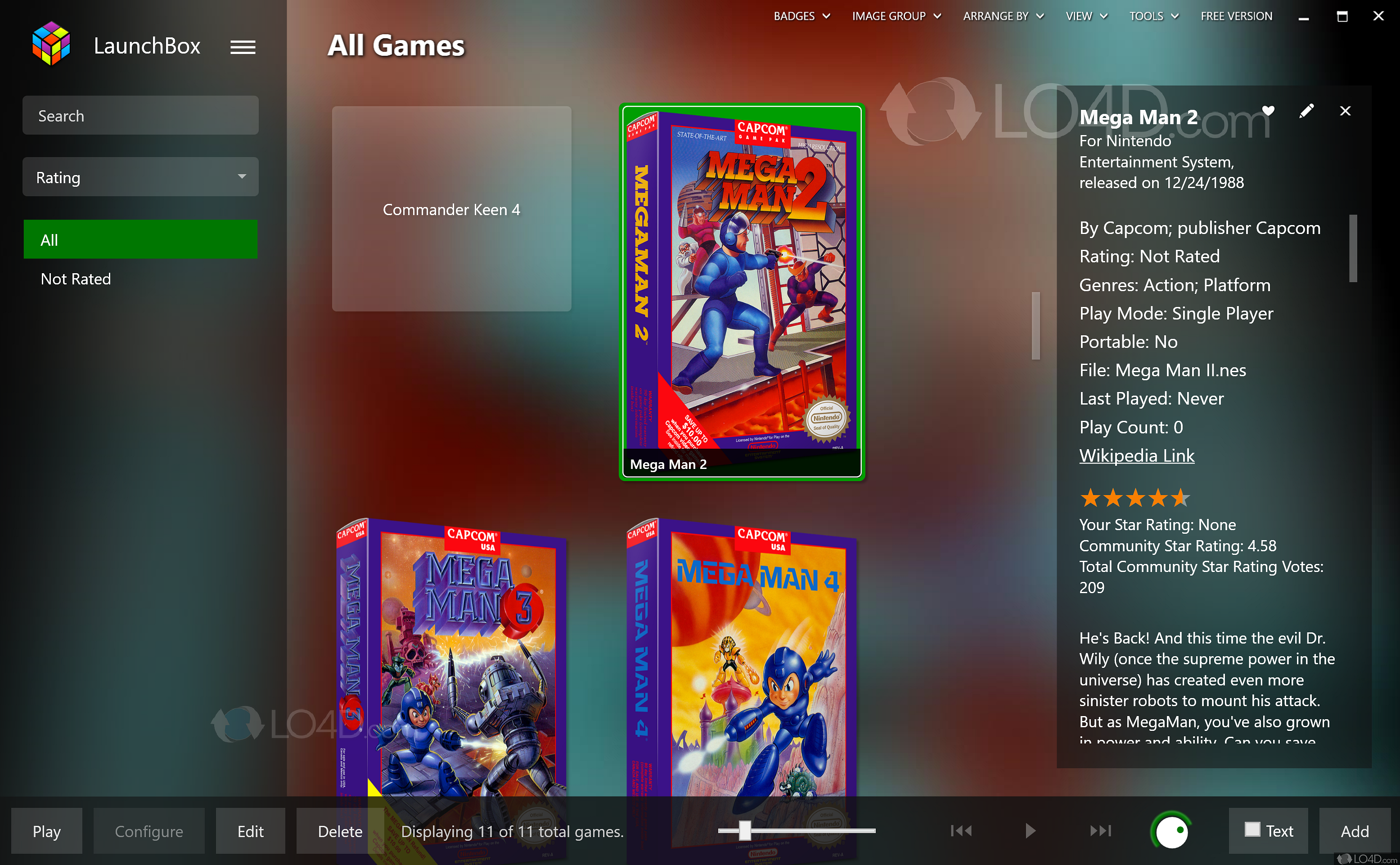
The processor and ability to access megabytes of memory enabled the development of 3D rendering packages, including LightWave 3D, Imagine, and Traces, a predecessor to Blender. The Amiga's audio hardware made it a popular platform for music tracker software. The Amiga found a prominent role in desktop video, video production, and show control, leading to video editing systems such as the Video Toaster.
#Launchbox emulator of mac games Pc#
Finally, the Amiga 1200 and the Amiga 4000 were released in late 1992.Īlthough early advertisements cast the computer as an all-purpose business machine, especially when outfitted with the Sidecar IBM PC compatibility add-on, the Amiga was most commercially successful as a home computer, with a wide range of games and creative software. The Amiga 3000 was introduced in 1990, followed by the Amiga 500 Plus, and the Amiga 600 in March 1992. The best-selling model, the Amiga 500 was introduced in 1987 (along with the more expandable Amiga 2000) and sold four to six million units in the late 1980s and early 1990s. The Amiga 1000 was released in July 1985, but production problems kept it from becoming widely available until early 1986. Based on the Motorola 68000 microprocessor, the Amiga differs from its contemporaries through the inclusion of custom hardware to accelerate graphics and sound, including sprites and a blitter, and a pre-emptive multitasking operating system called AmigaOS. This includes the Atari ST – released earlier the same year – as well as the Macintosh and the Acorn Archimedes.

The original model is one of a number of computers with 16- or 32-bit processors, 256 KB or more of RAM, mouse-based GUIs, and significantly improved graphics and audio compared to previous 8-bit systems. The Amiga is a family of personal computers introduced by Commodore in 1985.


The 1987 Amiga 500 was the best-selling model.


 0 kommentar(er)
0 kommentar(er)
